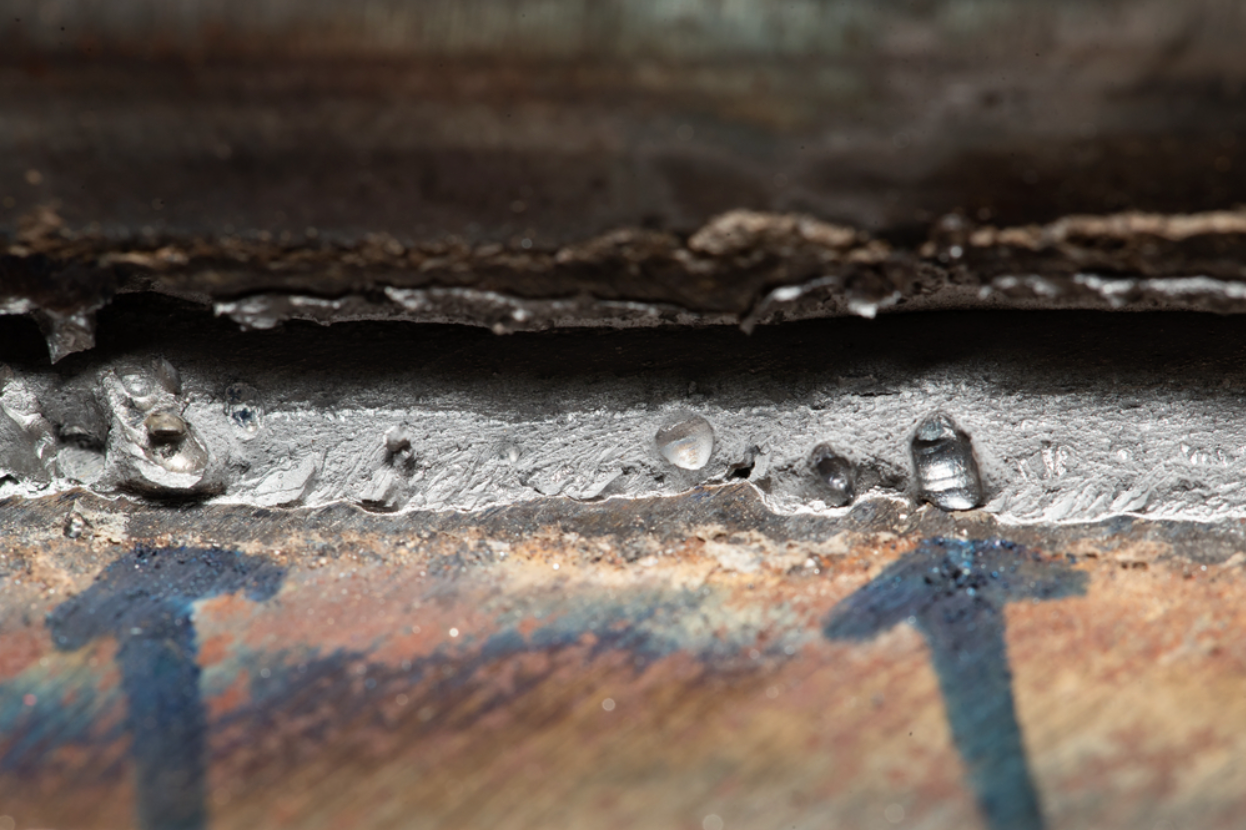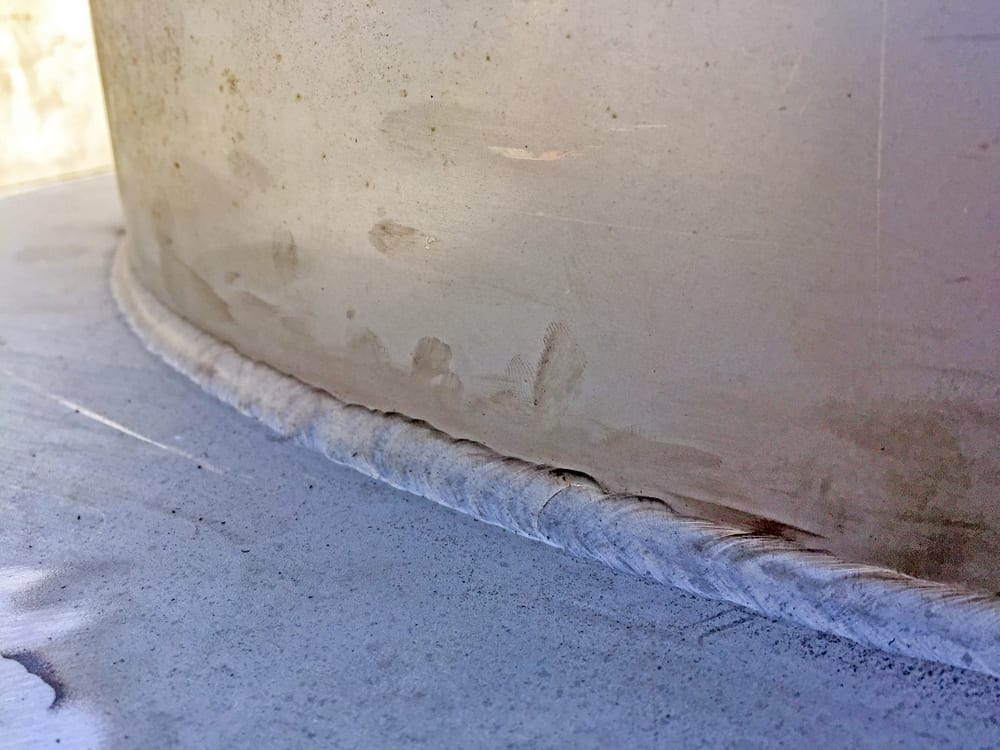A Comprehensive Overview to Identifying, Averting, and Correcting Undercut Welding Troubles in Your Welding Projects
In the world of welding, running into undercut problems is a common difficulty that can endanger the structural honesty and general high quality of your welding jobs. Understanding the source behind undercut welding, having the ability to accurately detect it in your welds, and carrying out effective preventative actions are important abilities for any welder. In addition, having the understanding and methods to fix undercut issues when they do take place can make a significant distinction in the last outcome of your welding undertakings. Keep tuned as we discover the necessary components of determining, protecting against, and fixing undercut welding issues, supplying you with valuable insights and approaches to elevate your welding skills to the following degree.
Usual Sources Of Undercut Welding
Undercut welding, a common concern in welding procedures, can be created by numerous aspects that need to be thoroughly determined and dealt with to make sure the stability of the weld joint. One of the primary causes of undercut welding is too much warm input. When the welding specifications, such as voltage, current, or take a trip speed, are not properly set, an extreme amount of heat can be produced. This excess heat leads to the melting and subsequent removal of the base material along the edges of the weld joint, creating a groove understood as undercut.
An additional typical cause of undercut welding is improper welding technique. Identifying these origin triggers and carrying out corrective actions is crucial in protecting against and remedying undercut welding problems in welding projects.
Identifying Undercut in Welds

To recognize undercut properly, correct lights and magnifying devices are important to check the weld joint thoroughly. Utilizing tools such as a welding gauge or a magnifying glass can assist in identifying even the smallest undercut blemishes. In addition, running a finger or a finger nail along the weld joint can sometimes disclose undercut, as the surface area might feel unequal or have a dip where the undercut exists.
Safety Nets for Undercut
Having a deep understanding of the root causes of undercut in welds enables for the implementation of efficient safety nets to maintain weld top quality and honesty. One critical preventative procedure appertains weld joint prep work. Making certain that the sides are clean, without contaminants, and properly beveled can significantly lower the probability of undercut (Preventing weld undercut). Additionally, selecting the ideal welding criteria, such as voltage, current, and travel speed, is essential. These setups must be optimized to stop too much warmth input, which can cause undercut development.

Methods for Taking Care Of Undercut

Increasing the welding present or decreasing the travel rate can help load in the More Help undercut. Furthermore, changing the welding method from a push to a drag or vice versa can likewise aid decrease undercut.
One more strategy is to use a weaving activity while welding to ensure correct sidewall fusion and fill in the undercut. By oscillating the welding arc back and forth within the weld joint, the welder can transfer more filler product into the undercut areas, successfully eliminating the problem.
Additionally, grinding out the undercut and rewelding the joint can be a sensible service for a lot more severe undercut concerns - Preventing weld undercut. This process includes eliminating the undercut area, preparing the base metal, and afterwards rewelding the joint with proper welding parameters and methods to protect against undercut from persisting

Professional Tips for Staying Clear Of Undercut
Utilizing correct welding techniques and maintaining control over vital welding criteria are important approaches for welders aiming to prevent undercut in their weld joints. In addition, selecting the suitable welding procedure and filler steel for the details Full Article application can assist protect against undercut. Maintaining a consistent travel rate throughout the welding procedure is another vital pointer to prevent undercut.
Verdict
In final thought, determining, avoiding, and dealing with undercut welding troubles in your welding projects is vital for making certain strong and resilient welds. Preventing weld undercut. By recognizing the common root causes of undercut, having the ability to identify it in welds, executing safety nets, and making use of correct strategies for dealing with undercut, you can avoid potential issues and create premium welds. Complying with specialist tips for avoiding undercut can aid you boost your welding skills and produce better cause your tasks
Undercut welding, a typical problem in welding processes, can be caused by various factors that require to be meticulously recognized and dealt with to guarantee the integrity of the weld joint. Additionally, running a finger or a finger click to investigate nail along the weld joint can in some cases expose undercut, as the surface might feel uneven or have a dip where the undercut exists.
Making use of correct welding methods and preserving control over key welding criteria are important methods for welders aiming to prevent undercut in their weld joints.In verdict, determining, avoiding, and dealing with undercut welding problems in your welding jobs is critical for making sure sturdy and strong welds. By understanding the typical causes of undercut, being able to determine it in welds, executing preventive procedures, and utilizing appropriate strategies for taking care of undercut, you can avoid prospective issues and produce high-quality welds.